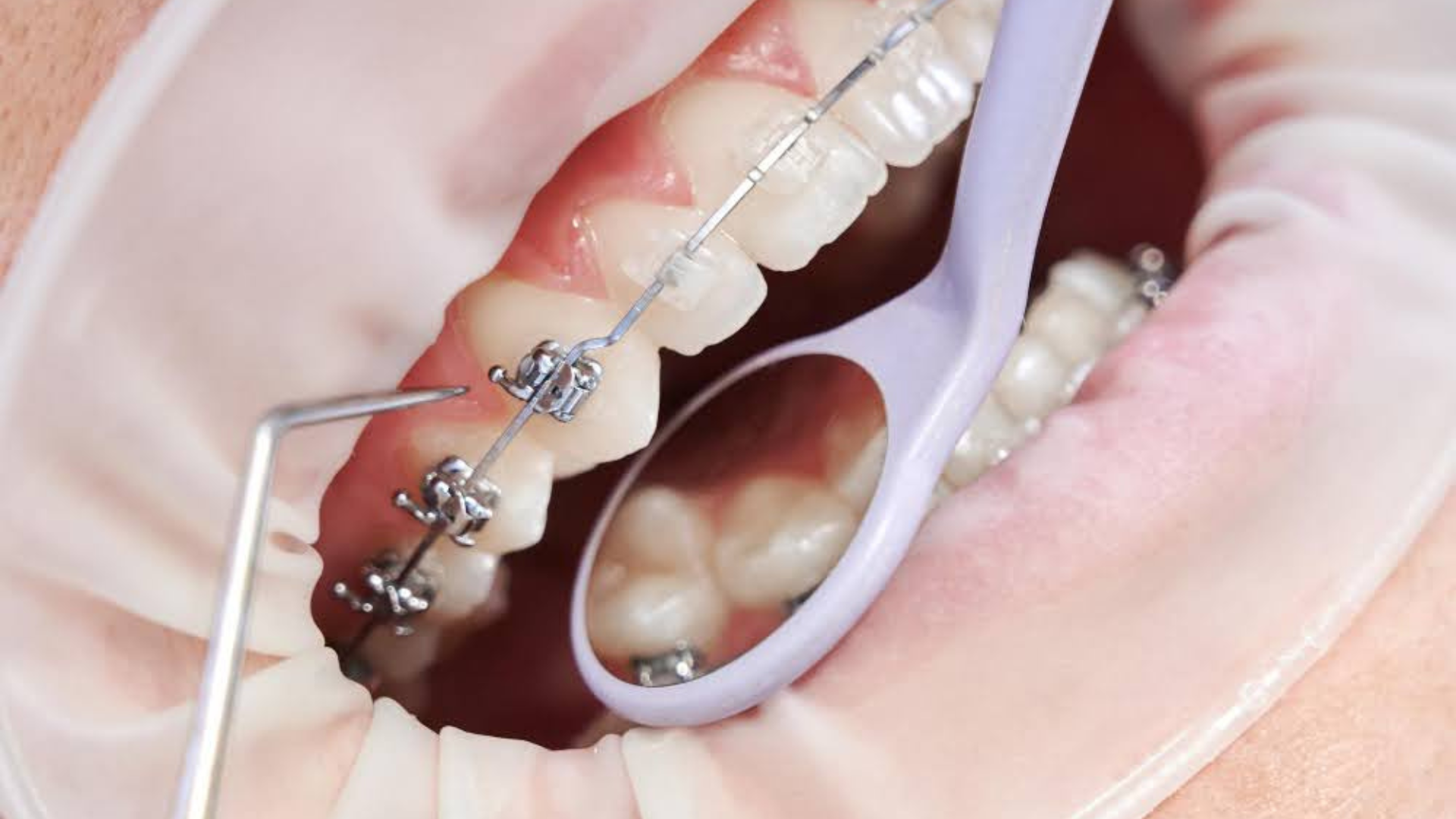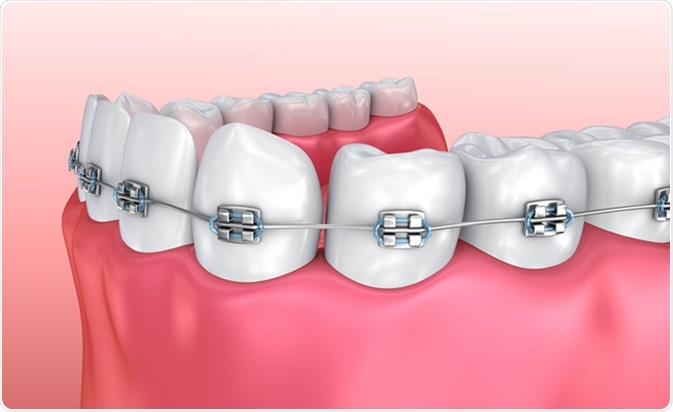Comprehensive Guide to Orthodontics Procedures for Fixing Dental Imbalances
Understanding the details of each procedure, including their mechanisms, benefits, and prospective downsides, is important in making notified choices about one's orthodontic therapy. As we navigate through the thorough overview to orthodontic procedures for dealing with dental imbalances, the elaborate information of each approach will certainly unfold, shedding light on the path towards a unified and functional dental alignment.
Orthodontic Procedures Overview

Along with conventional braces and clear aligners, orthodontists may likewise suggest various other treatments like headwear, palatal expanders, or retainers to attend to certain alignment issues (orthodontics). These procedures are tailored per individual's one-of-a-kind demands and may involve a combination of therapies to attain the preferred results. Normal modifications and surveillance are vital parts of orthodontic therapy to make certain development is on track and to make any type of needed modifications along the road. By going through orthodontic treatments, clients can not just attain a straighter smile but also boost their overall dental health and feature.
Traditional Dental Braces: Exactly How They Function
When thinking about orthodontic therapies for oral misalignments, standard braces stand out as a reliable technique for fixing teeth placing. Standard braces consist of brackets, cables, and bands that collaborate to use continuous pressure on the teeth, gradually moving them right into the preferred alignment. The braces are affixed to the teeth utilizing a special adhesive, and the wires are threaded with the brackets. By adjusting the tension of the cables, orthodontists can control the instructions and pressure put on each tooth, leading them into appropriate positioning gradually.
One key facet of just how typical dental braces work is the process of bone remodeling. As stress is related to the teeth through the dental braces, the bone bordering the teeth is improved to support the new tooth placements. This renovation is vital for the lasting stability of the remedied placement. Patients will require regular changes at the orthodontist's office to guarantee the braces remain to apply the right pressure for effective teeth motion.
Undetectable Aligners: Pros and Cons
These clear, customized trays are virtually unseen when put on, making them an attractive option for individuals seeking an extra cosmetically pleasing orthodontic therapy. Individuals can eliminate the aligners before eating or cleaning their teeth, lowering the risk of food obtaining stuck in the appliance and streamlining the cleaning process.

Surgical Orthodontic Options
Surgical interventions in orthodontics existing practical options for resolving intricate oral misalignments that might not be effectively solved with conventional orthodontic therapies. While typical dental braces and invisible aligners can remedy many orthodontic issues, particular situations require medical treatment to achieve optimum outcomes. Surgical orthodontic choices are generally advised for check here serious malocclusions, significant jaw discrepancies, and situations where the underlying bone structure needs adjustment to achieve proper placement.
One typical surgical orthodontic procedure is orthognathic surgical procedure, which involves repositioning the jaws to fix useful issues such as trouble eating or speaking. This surgical treatment is often performed in cooperation with an orthodontist that assists line up the teeth prior to and after the treatment. Surgical orthodontics may likewise involve treatments to expose impacted teeth, remove excess periodontal cells, or reshape the jawbone to produce an extra unified facial profile.
Prior to thinking about surgical orthodontic alternatives, individuals undergo a comprehensive assessment to identify the need and possible benefits of such interventions. cumming braces. While surgical procedure might appear complicated, it can significantly improve both the feature and appearances of the smile in instances where conventional orthodontic treatments drop short
Retainers and Post-Treatment Care

Failure to abide with post-treatment care instructions can click site result in relapse, where the teeth gradually move back towards their initial positions. Consistent retainer wear, good oral hygiene, and regular dental exams are essential for keeping the outcomes achieved via orthodontic surgical procedure and making sure the long-term stability of the remedied dental placement.
Final Thought
In final thought, orthodontic procedures use different options for correcting dental imbalances. Surgical orthodontic alternatives are offered for much more serious misalignments. In general, orthodontic procedures can successfully improve dental health and visual look.
As we browse via the thorough guide to orthodontic procedures for correcting dental imbalances, the complex details of each technique will certainly unfold, shedding light on the course towards a practical and unified dental positioning. - cumming aligners
One of the most usual orthodontic treatments is the usage of braces, which are composed of metal brackets and wires that use gentle pressure to gradually shift teeth into the wanted placement.When considering orthodontic therapies for oral misalignments, typical braces stand out as a tried and true technique for dealing with teeth placing. In addition, undetectable aligners might not be ideal for intricate orthodontic concerns that call for more substantial teeth motion, as they are commonly recommended for mild to moderate situations. Retainers are customized orthodontic devices made to hold teeth in their remedied placements after the conclusion of orthodontic treatment.